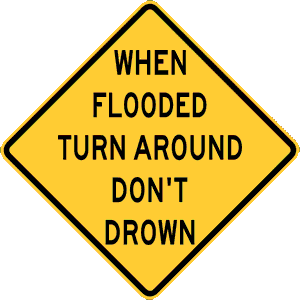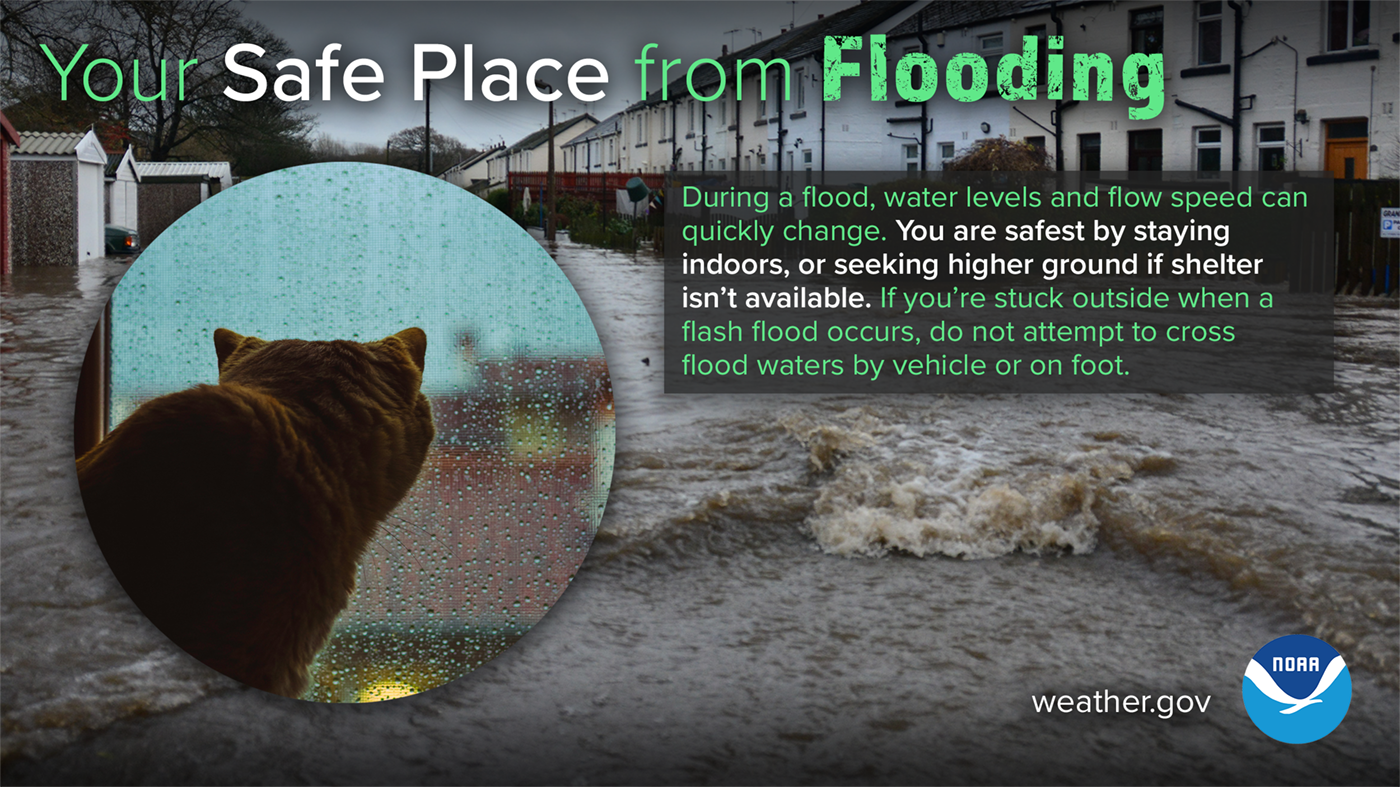
Colorado is starting its annual Lightning Safety and Wildfire Awareness Week, an important opportunity to educate residents of the dangers lightning presents. One statistic serves to highlight the very real hazard of lightning in Colorado – the Centennial State ranks as the second deadliest state for lightning fatalities in the nation.
We oftentimes read about the results of lightning strikes in our weekly look at Denver weather history. They spark wildfires, cause property damage and injuries and in some cases result in death. From 2001 to 2010 26 people were killed by lightning in Colorado – second only to Florida.
Each day during the National Weather Service’s Lightning Safety and Wildfire Awareness Week a new message is publicized covering a range of topics. From lightning safety to the science of lightning, residents can learn more about this very real danger.
The following is the introductory message from the National Weather Service for this year with links to more information. Education is key to protecting you and your family and we encourage you to study these pages and remember – When Thunder Roars, Go Indoors!
From the National Weather Service:
PUBLIC INFORMATION STATEMENT
NATIONAL WEATHER SERVICE BOULDER CO
600 AM MDT Sun Jun 24 2021
The governor of Colorado has declared the week of June 24 through June 30 as Colorado Lightning Safety Awareness Week. Lightning strikes the ground in our state over a half million times each year and with many of us participating in outdoor activities, we need to learn how to protect ourselves from lightning hazards.
Lightning is also responsible for about half of the wildfires in Colorado each year. When lightning or other conditions are conducive to a high wildfire threat, the National Weather Service will issue Fire Weather Watches or Red Flag Warnings.
During this week a series of statements will cover a variety of topics related to lightning and wildfires.
Monday…Lightning Overview for Colorado
Tuesday…The Science of Lightning
Wednesday…Outdoor lightning safety
Thursday…Indoor lightning safety
Friday…Lightning medical issues for survivors
Saturday…Lightning and wildfires
Here are a couple web sites that contain additional lightning information.
NOAA`s lightning website which contains abundant information on lightning safety can be found at: www.lightningsafety.noaa.gov
Lightning information specific for the State of Colorado can be found at: www.weather.gov/pub/lightning
Steve Hodanish
Senior Forecaster
NWS Pueblo, CO


 Floods and wildfires are arguably the two most common disasters Coloradans face with numerous such events occurring each year. To better prepare residents for the danger of these disasters, this week is Colorado Flood Safety and Wildfire Preparedness Week.
Floods and wildfires are arguably the two most common disasters Coloradans face with numerous such events occurring each year. To better prepare residents for the danger of these disasters, this week is Colorado Flood Safety and Wildfire Preparedness Week. Floods and wildfires are arguably the two most common disasters Coloradans face with numerous such events occurring each year. To better prepare residents for the danger of these disasters, this week is Colorado Flood Safety and Wildfire Preparedness Week.
Floods and wildfires are arguably the two most common disasters Coloradans face with numerous such events occurring each year. To better prepare residents for the danger of these disasters, this week is Colorado Flood Safety and Wildfire Preparedness Week.

